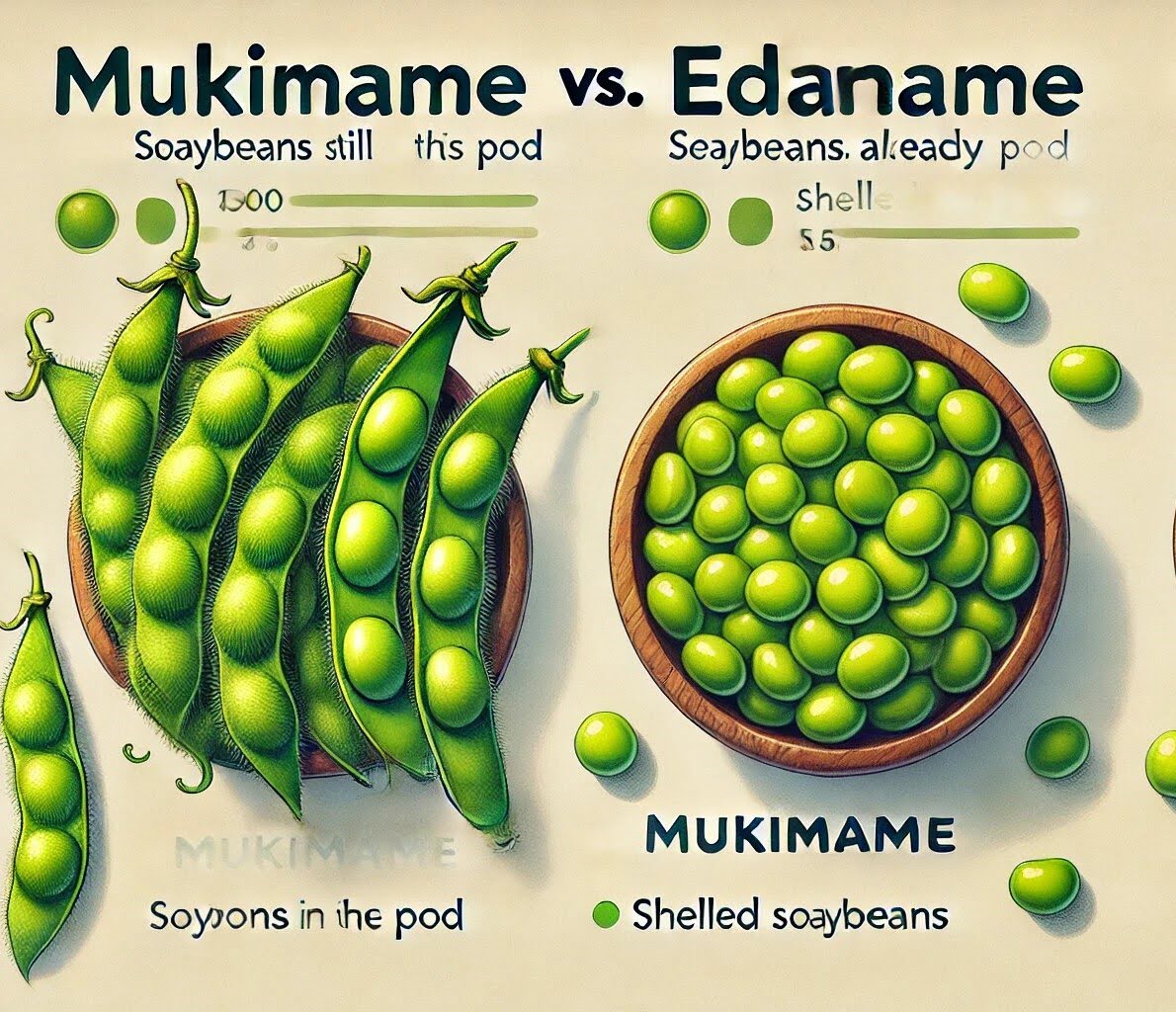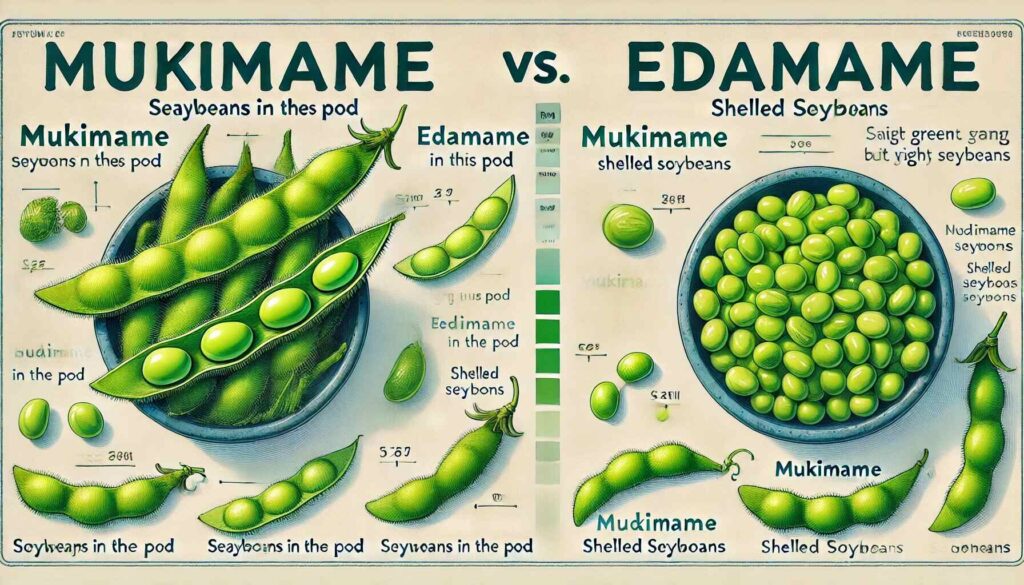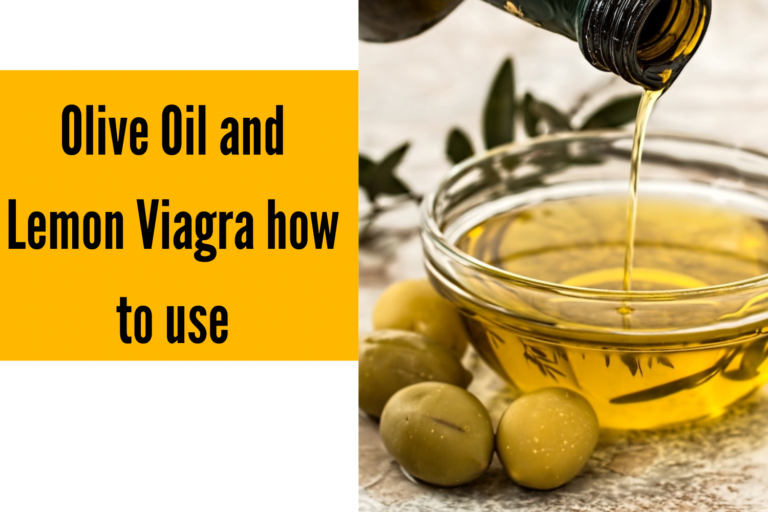Is Mukimame the Same as Edamame?

Mukimame and Edamame are two terms that often get mixed up, especially since they sound quite similar. Both refer to types of beans that are commonly consumed as a snack or included in various dishes.
However, some key differences between these two beans make them unique from each other. In this article, we will delve deeper into the world of mukimame and Edamame to understand what sets them apart and if they can be used interchangeably.
What is Mukimame?
Mukimame is a type of bean from the soy family. It is also known as shelled Edamame since it is essentially the same as Edamame but without the pod. The name “mukimame” comes from the Japanese word “muki,” which means shelled. These beans resemble larger versions of green peas and have a sweet, nutty flavor.
Mukimame is often sold frozen in their shells, making it convenient to prepare and consume. They are commonly used in Asian cuisine, specifically in Japanese and Chinese dishes. Some popular ways to enjoy mukimame include steaming or sautéing them with seasoning, adding them to stir-fries, or incorporating them into salads.
What is Edamame?
Edamame, like mukimame, is also a type of soybean. It is typically harvested before the beans fully mature and are still in their green pods. The name “edamame” comes from the Japanese words “eda,” meaning branch, and “mame,” meaning bean. This refers to how the beans grow in clusters on the branches of the soy plant.
Edamame has been consumed in Japan for centuries and has gained popularity worldwide as a nutritious snack.
Key Differences between Mukimame and Edamame
While mukimame and Edamame are both types of soybeans, there are some notable differences between the two. These include:
- Harvesting stage: As mentioned earlier, Edamame is harvested before the beans fully mature while mukimame is harvested after maturity when they have been shelled.
- Appearance: While both beans have a similar green color, mukimame is larger and resembles a green pea, while Edamame is smaller and comes in a pod.
- Flavor: Mukimame has a sweeter and nuttier flavor compared to the earthy taste of Edamame.
- Preparation: Edamame is commonly boiled or steamed in its pod while mukimame can be enjoyed without its shell as it has already been shelled.
Can Mukimame be used interchangeably with Edamame?
Based on their differences, it may seem like these two beans cannot be used interchangeably. However, they do have some similarities that make them somewhat interchangeable in certain dishes. For instance, both beans have a similar nutritional profile, with high amounts of protein, fiber, and essential vitamins and minerals.
Additionally, mukimame can be used as a substitute for Edamame in dishes where the texture or appearance is not crucial. For example, if you are making a stir-fry or salad that calls for Edamame, using mukimame would still provide the same flavor and nutrients without altering the overall dish significantly.

Health Benefits of Edamame and Mukimame
Incorporating mukimame or Edamame into your diet can offer several health benefits:
- Heart Health: The high fiber content in both helps lower cholesterol levels, which can reduce the risk of heart disease.
- Weight Management: The protein and fiber help promote a feeling of fullness, aiding in weight management by reducing overall calorie intake.
- Bone Health: They provide essential nutrients like calcium, magnesium, and vitamin K, which are crucial for maintaining strong bones.
- Antioxidant Properties: The isoflavones and other antioxidants in soybeans help protect cells from damage and reduce inflammation.
- Blood Sugar Control: The low glycemic index of soybeans can help manage blood sugar levels, making them a good option for people with diabetes.
How to Incorporate Mukimame and Edamame into Your Diet
Now that we know all about mukimame and Edamame let’s explore some ways to incorporate these beans into your diet:
- As a snack: Both beans make for a nutritious and satisfying snack. Simply boil or steam them with some salt and enjoy them on their own.
- In salads: Add mukimame or Edamame to your favorite salad for an extra boost of protein and nutrients.
- As a side dish: Serve sautéed mukimame or boiled Edamame as a side dish alongside your main meal.
- In stir-fries: Mukimame and Edamame can be added to stir-fries, giving them a protein-packed twist.
- Added to soups: These beans can also be added to soups for a hearty and nutritious addition.
Conclusion
In conclusion, while mukimame and Edamame are both types of soybeans, they do have some distinct differences that set them apart. However, they can still be used interchangeably in certain dishes, depending on personal preference.
Adding these nutrient-rich beans to your diet can provide numerous health benefits and add delicious flavor to your meals. So next time you are at the grocery store, don’t mix up these two beans and choose the one that best fits your needs! So go ahead and enjoy some mukimame or Edamame in your next meal.
FAQ
What is the main difference between Mukimame and Edamame?
Mukimame is shelled Edamame, meaning it is served without the pod, while Edamame is served in the pod.
Can Mukimame be used as a substitute for Edamame?
Yes, mukimame can be used as a substitute for Edamame in most recipes. They are essentially the same bean, just prepared differently.
Are there any allergens associated with Mukimame or Edamame?
Both mukimame and Edamame are soy products and can trigger allergies in individuals sensitive to soy.
How should Mukimame and Edamame be stored?
If not consumed immediately, both should be stored in the freezer. Once cooked, they can be kept in the refrigerator for a few days.
What are some popular recipes using Mukimame and Edamame?
Popular recipes include edamame hummus, mukimame salad, stir-fries, and grain bowls featuring either mukimame or Edamame.





